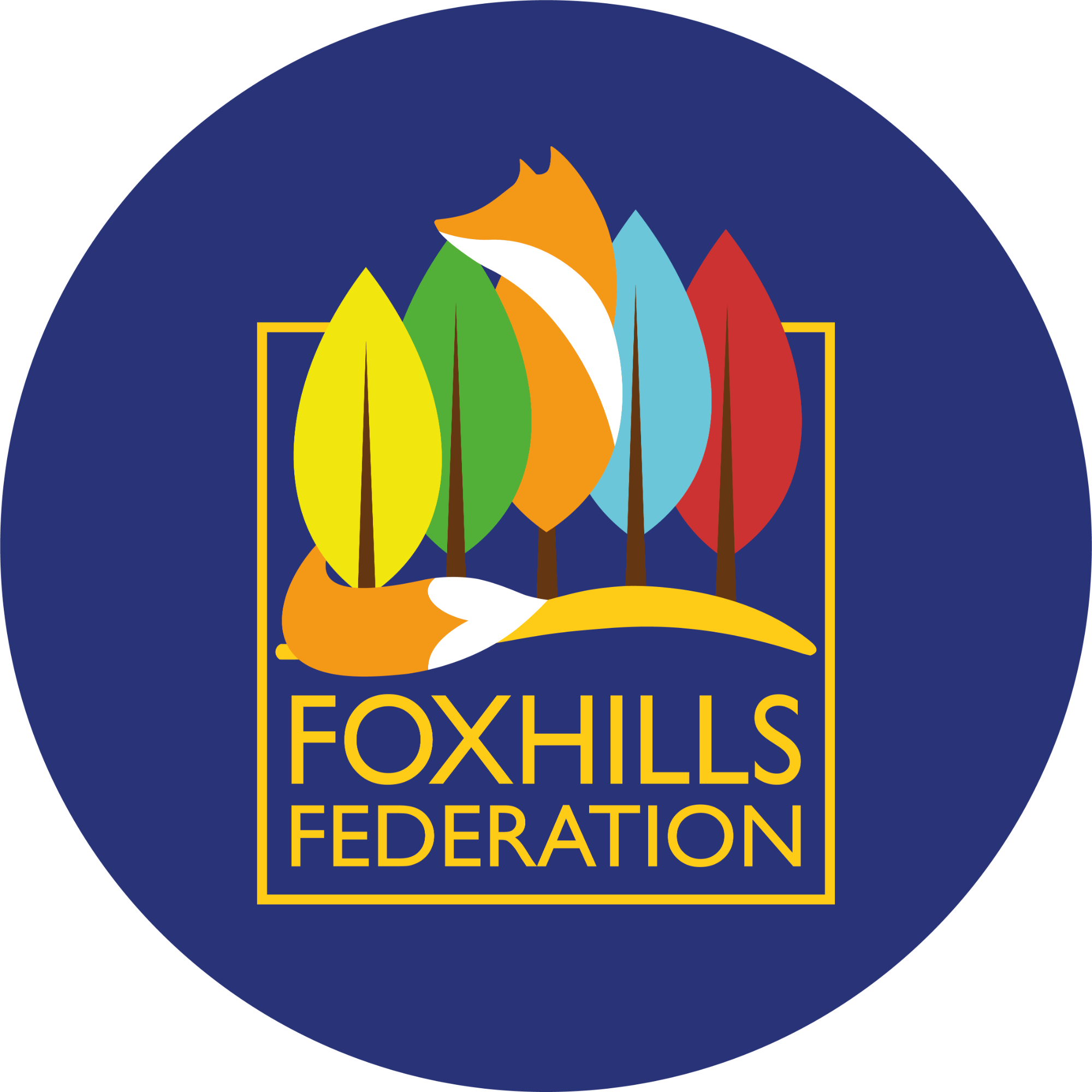Year 2
Summer 2
Reading:
This half term the children will learn about the themes and conventions within traditional tales and twisted tales. This is important knowledge for the children to learn at this stage in Year Two because it will enable them to begin making links between different texts. Once children are secure in their understanding of themes and conventions, they will learn how to make links between a book they are currently reading and one they have previously read.
Writing:
Now that the children have mastered the knowledge required for Year Two writing, they will apply what they know in a variety of contexts, writing for different purposes, audiences and in different forms. After revisiting the use of coordination and subordination, they will learn to write a non-chronological report about a mythical animal they have created. They will then revisit crucial knowledge relating to apostrophes, both to spell contracted forms and to show singular possession. They will write their new class teacher a letter to apply this knowledge and they will end the academic year learning how to write poetry.
Maths:
In Summer Term 2, our focus in Mathematics will be on developing and extending the children’s understanding of time. The children will begin by revisiting the concepts of o’clock and half past to ensure a secure foundation, before progressing to quarter past and quarter to the hour. Building on this, the children will learn to tell the time in 5-minute intervals, starting with times past the hour and then moving on to times to the hour. This learning will be supported through a range of practical activities and opportunities to apply their knowledge in real-life contexts. Following our work on time, the children will move on to solving two-step number and word problems, encouraging children to apply their arithmetic skills with increased reasoning and confidence. To conclude the term, we will revisit shape, consolidating our understanding of the properties of both 2D and 3D shapes, with an emphasis on accurate mathematical language and classification.
Science:
In Science this half term, Year 2 will be exploring the big question: ‘How can we look after our bodies?’ The children will learn about the importance of maintaining a healthy lifestyle, with a focus on three key areas: exercise, nutrition, and hygiene. The children will investigate how regular physical activity helps to keep our bodies strong and healthy, and will learn about the different food groups and why it is important to eat the right amounts of a variety of foods. In addition, they will explore the role of good hygiene habits, such as handwashing and dental care, in keeping our bodies free from illness. Through practical activities, discussions, and simple investigations, the children will gain a deeper understanding of how their everyday choices contribute to their overall health and wellbeing.
History:
This half term in History, we will be exploring life in Victorian times through a range of sources and enquiry-based learning. The children will investigate key aspects of the era, including schooling, home life, fashion, travel, and leisure. By examining photographs, artefacts, written accounts, and personal diaries, they will learn how evidence is used to help us understand what life was like in the past. They will also explore how experiences in Victorian times could differ greatly depending on factors such as age, gender, and social class. Through this, children will begin to understand that people in the past had a variety of experiences, and that historians use evidence to form different interpretations and explanations of historical events and daily life.
Geography:
In Summer 2, the children will learn about the historical town of Lyndhurst. This is because, they need to know about the physical and human features of the town, in order to make comparisons between this and Melrose, Australia (their study from last half term). The children will also learn to create sketch maps.
Art:
This half term in Art, we will be focusing on sculpture, with a particular emphasis on architecture. The children will study the work of two famous architects—Antoni Gaudí and Friedensreich Hundertwasser—exploring their distinctive styles, use of colour, patterns, and imaginative forms. Through observational drawing and discussion, the children will learn how these artists used architecture as a form of creative expression. Inspired by their work, the children will then design, sculpt, and decorate their own imaginative buildings using clay, applying techniques such as shaping, joining, and surface decoration. This unit will encourage creativity, experimentation, and an appreciation of architecture as an art form.
RE:
This half term in RE, we will be exploring the concept of God through the golden thread of love. Our learning will be guided by the key question: ‘What might you or other people think about God?’ The children will be encouraged to reflect on their own ideas and consider a range of beliefs held by others. Through stories, discussion, and creative activities, they will explore how different faiths describe and understand God, particularly focusing on the theme of love as a central characteristic. This unit will support children in developing respect for different viewpoints, while also giving them the space to think deeply and express their own thoughts and questions about belief and the idea of God.
RSHE:
This half term in PSHE, our focus will be on the concept of growing and changing. The children will explore how people develop physically, emotionally, and socially over time, and will begin to understand that growth is a natural and ongoing part of life. Through stories, discussions, and reflective activities, they will learn that as we grow, we become capable of doing different things and taking on new responsibilities. The aim of this unit is to help children recognise and celebrate the changes they have already experienced, and to build confidence and understanding as they continue on their own unique journeys of growth and development.
